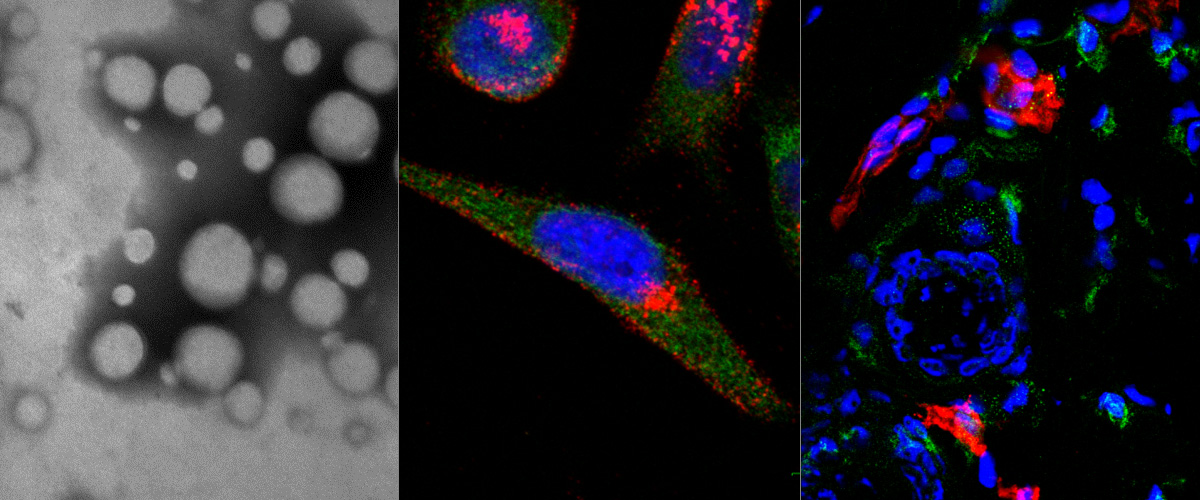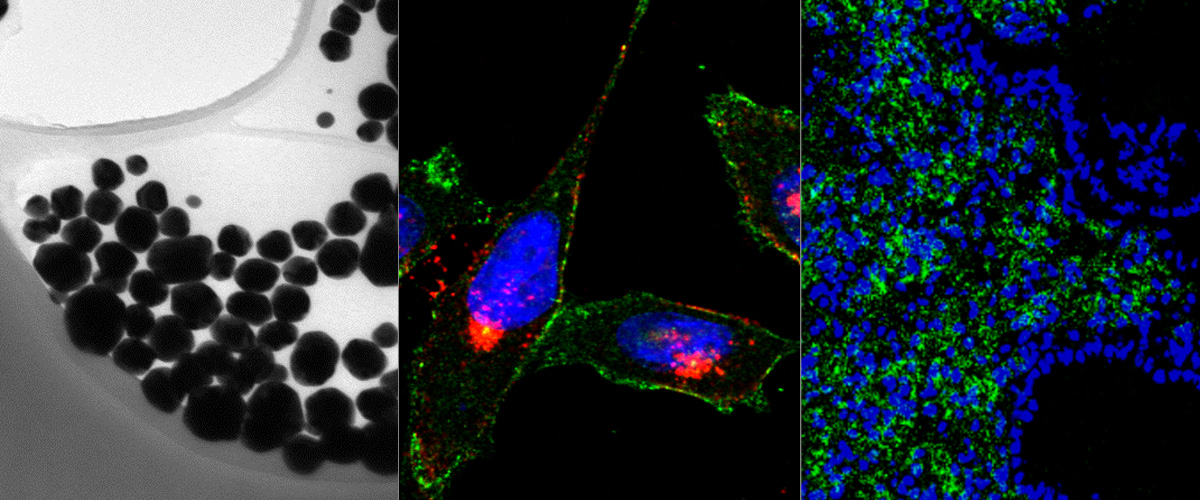https://www.ncbi.nlm.nih.gov/pubmed/29116108
Abstract
Tumor-associated macrophages (TAMs) expressing the multi-ligand endocytic receptor mannose receptor (CD206/MRC1) contribute to tumor immunosuppression, angiogenesis, metastasis, and relapse. Here, we describe a peptide that selectively targets MRC1-expressing TAMs (MEMs). We performed in vivo peptide phage display screens in mice bearing 4T1 metastatic breast tumors to identify peptides that target peritoneal macrophages. Deep sequencing of the peptide-encoding inserts in the selected phage pool revealed enrichment of the peptide CSPGAKVRC (codenamed "UNO"). Intravenously injected FAM-labeled UNO (FAM-UNO) homed to tumor and sentinel lymph node MEMs in different cancer models: 4T1 and MCF-7 breast carcinoma, B16F10 melanoma, WT-GBM glioma and MKN45-P gastric carcinoma. Fluorescence anisotropy assay showed that FAM-UNO interacts with recombinant CD206 when subjected to reducing conditions. Interestingly, the GSPGAK motif is present in all CD206-binding collagens. FAM-UNO was able to transport drug-loaded nanoparticles into MEMs, whereas particles without the peptide were not taken up by MEMs. In ex vivo organ imaging, FAM-UNO showed significantly higher accumulation in sentinel lymph nodes than a control peptide. This study suggests applications for UNO peptide in diagnostic imaging and therapeutic targeting of MEMs in solid tumors.




